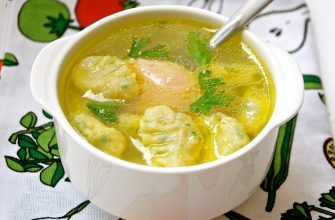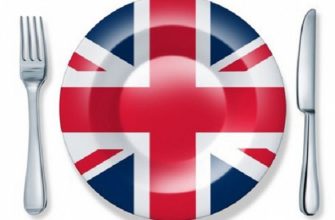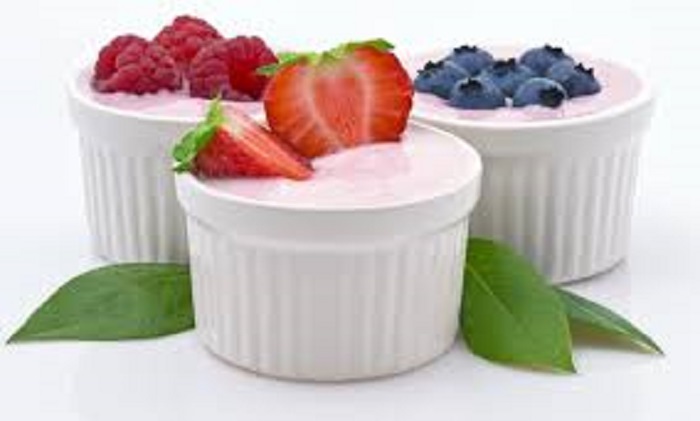
Yoghurts and curds.
The natural yogurt, which is made from milk and lactic acid bacteria, is very useful. The main problem is that almost nobody uses this yogurt. Children are very fond of yogurts with pieces of strawberries or tropical fruits, which contain a terrible amount of sugar.
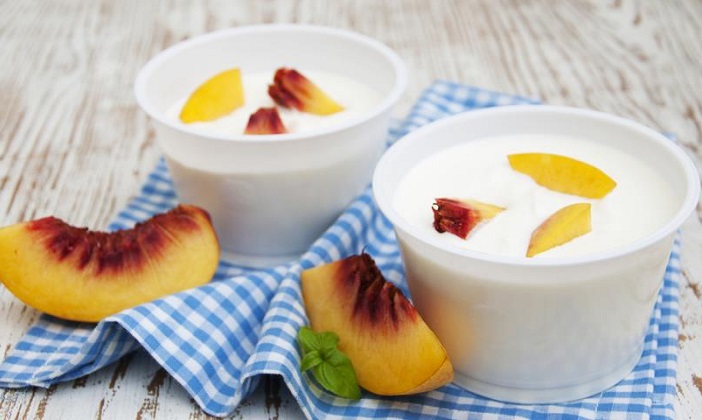
Just look at the children’s drinking yogurt, which many parents falsely consider useful. This yoghurt has a huge amount of calories – more than 300 kcal per 0.3 liter of product. This is more than a portion of any ice cream, and almost equivalent to a chocolate bar. Specialists recommend buying a special starter and preparing yogurt yourself. For a more saturated taste, fresh fruit can be added to it. And even this delicacy should not be given to a child every day.
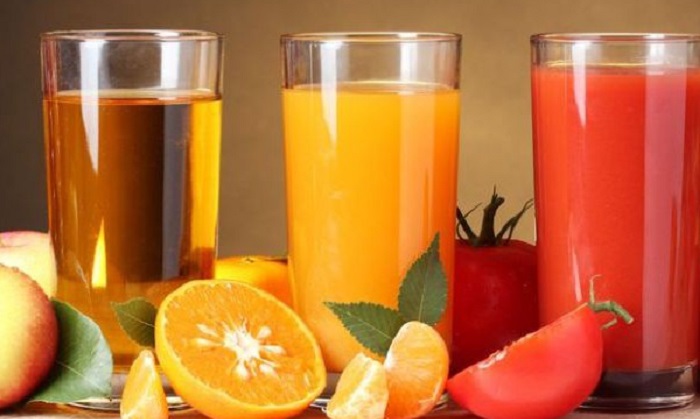
Juices (even freshly squeezed).
If you understand, the packaged juice is water, which was added with carbohydrates. No fiber, for which we value the fruit, there is no vitamin C in this juice. If you make juice yourself, then the vitamins there certainly remain, but not longer than 30 minutes from the moment of extraction.
Do not forget that the benefits of two eaten oranges and orange fresh is absolutely different. In the freshly squeezed juice will remain all the calories that are contained in the fruit, but we don’t get useful fiber.
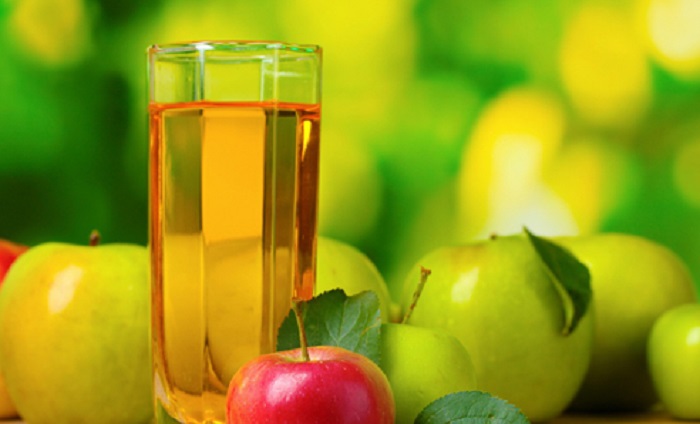
The child is unlikely to eat two oranges at once, but the juice of them is easily consumed. Few people know, fresh fuels appetite, which means that even if the child has eaten well, then after drinking a glass of juice he will want to eat again.
In order to quench his thirst it is worth giving your child simple water, homemade lemonade or crocheted fruit (water with the addition of pieces of fruit), and instead of juices – whole fruits. If your child is very fond of juice and does not suffer from excess weight, you can give him a small amount of this drink as a dessert several times a week.
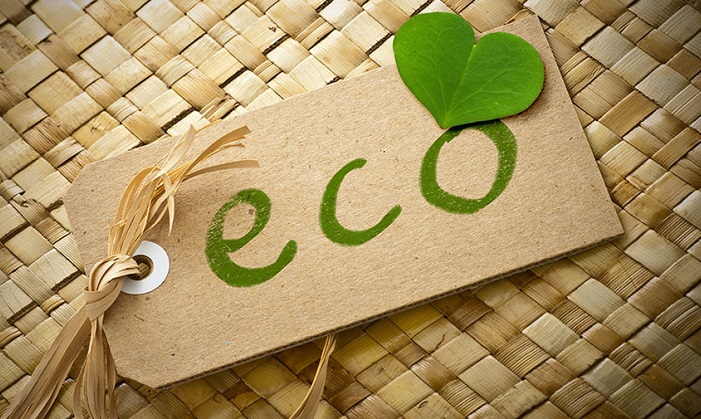
Products marked “eco”, “dietary”, “low-calorie”.
In 95% of cases, parents who buy a diet cake for their child are a victim of a marketing ploy. For example, parents may not notice that the cake is not 100 grams, but as many as 300 grams. With regard to the label “eco” is also not all simple, because there are no clearly defined instructions on what products are environmentally friendly and organic. Therefore, producers do not take advantage of these shortcomings without a twinge of conscience.

Another so called “useful” category is diet products, in which sugar is replaced by fructose. The thing is that fructose is useful only for people suffering from type 1 diabetes. Few people know that the caloric content of glucose (in other words – sugar) and fructose is almost the same, but fructose is much faster to turn in the human body into fat.
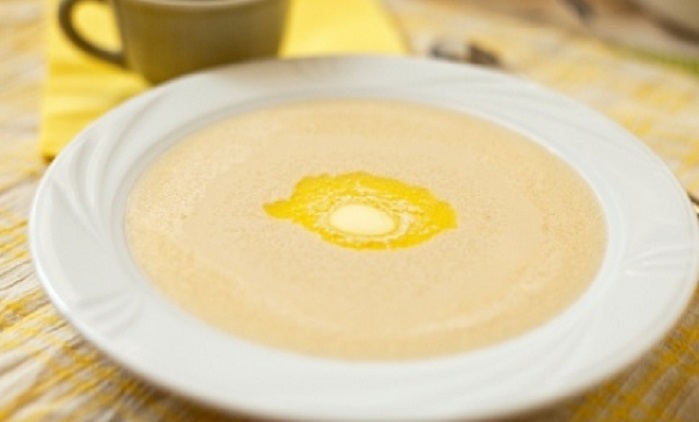
Semolina.
During 20 century, the myth of the benefits of semolina porridge was born, then it was believed that the most purified and polished cereals are most beneficial. Now we all know that this is not so, but we continue to feed the children with semolina. It is established that after grinding wheat loses all the fiber, and only carbohydrates remain in it.
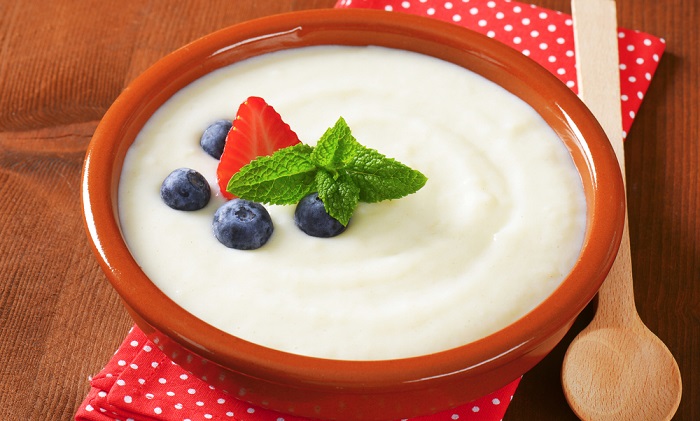
Experts recommend to cook baby porridge from other cereals – buckwheat, corn, oatmeal, and also unpolished rice. Semolina, of course, can be given if the child loves it very much, but it is worth remembering that such food will not benefit.
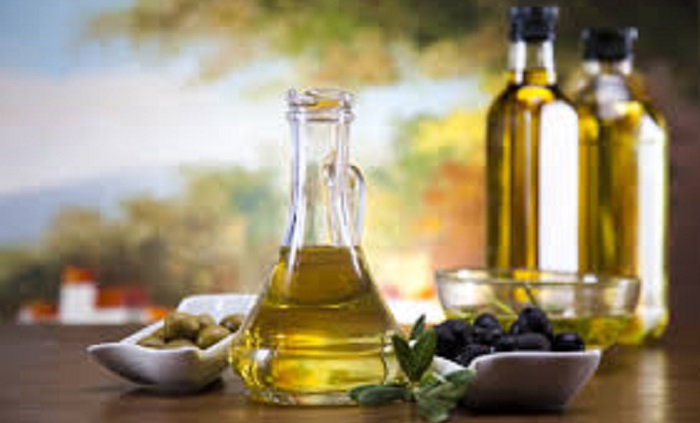
Olive oil (and other vegetable oils).
Many mothers replace butter with “so useful” olive oil while forgetting that 10 g of vegetable oil contains about 90 kcal.

As a result, a child receives a huge portion of fat daily, and then you wonder: why does the child eat only useful things, but still gain excess weight? To avoid such consequences, it is worth considering how many spoons of oil you put in the baby’s food.
It will not do any harm if you add butter to the porridge. Cholesterol is indisputably harmful to people of age, and for a growing child’s body it is very important, as it is necessary for the formation of cell membranes in the body.
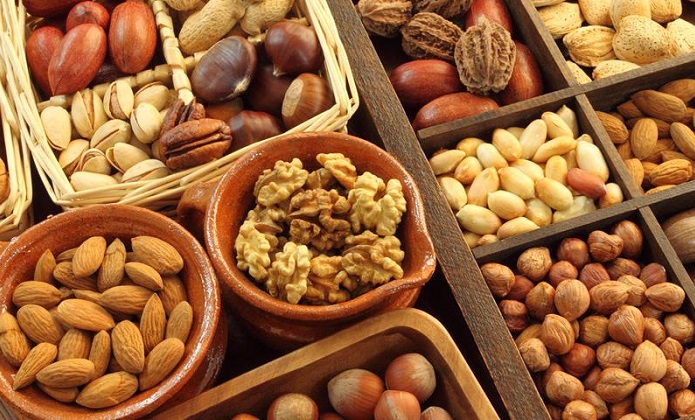
Nuts and dried fruits.
Nuts and dried fruits contain a considerable amount of vitamins, but their calorie content is extremely high. Experts recommend eating 25-30 g of nuts per day. A child can easily eat 100 g of almonds, and this is about 600 Kcal. One slice of prunes or dried apricots by caloric content is equal to one plum or apricot, and to eat 5 dried apricots is much easier than five fresh ones.
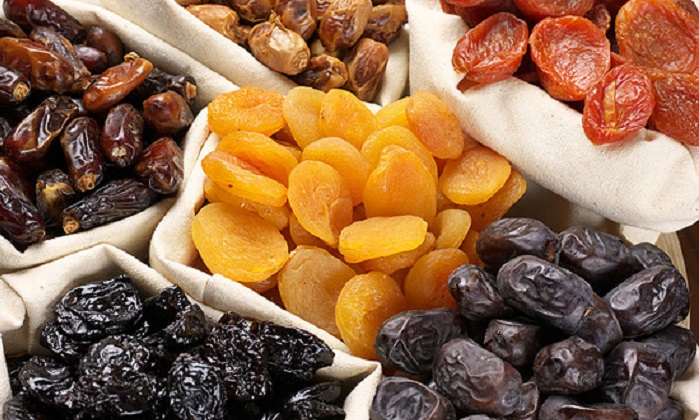
Some dried fruit (for example, the same dried apricots) are sometimes treated with sulfur dioxide or soaked in sugar syrup – there is little use in such processing. It is not necessary to put a bowl full of nuts and dried fruits in front of the child, it is necessary to give him a certain number of nuts and fruits per day.






